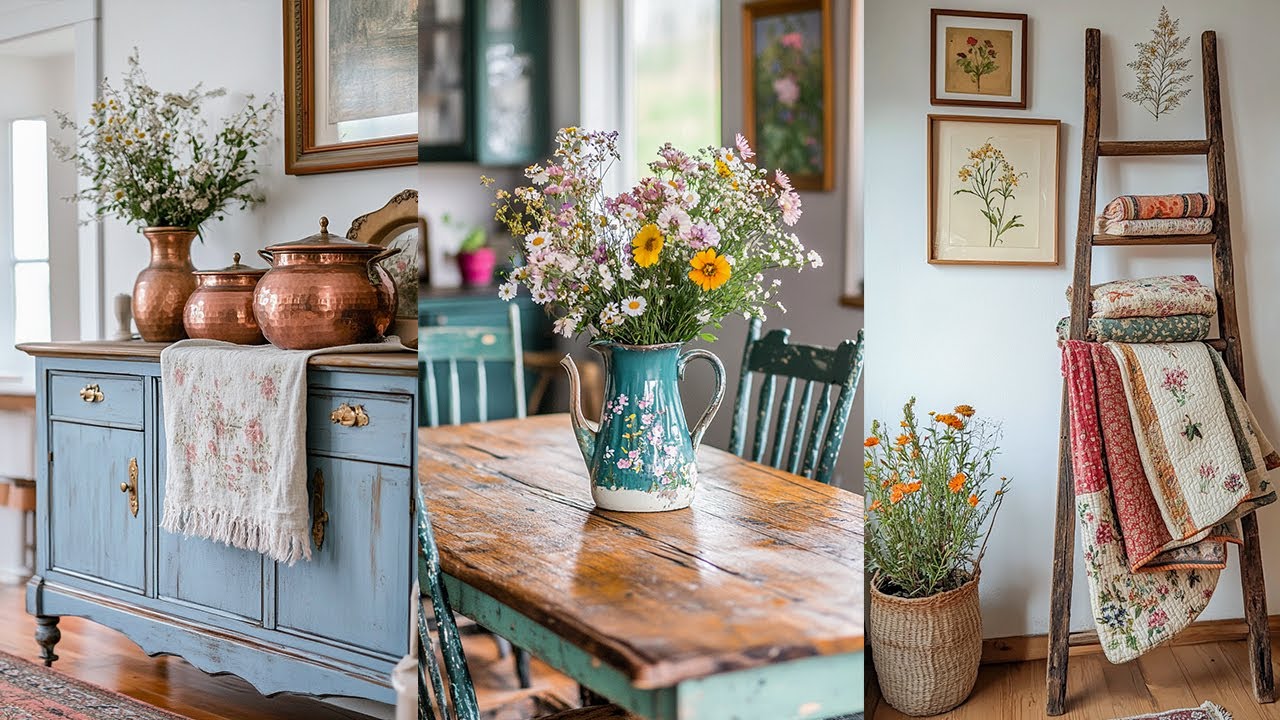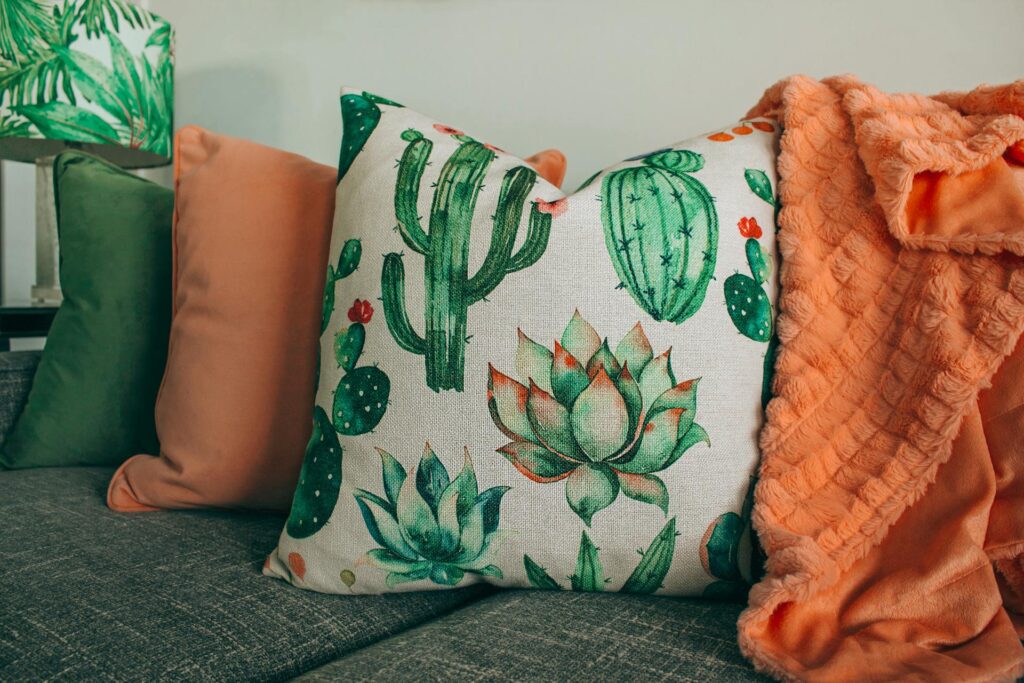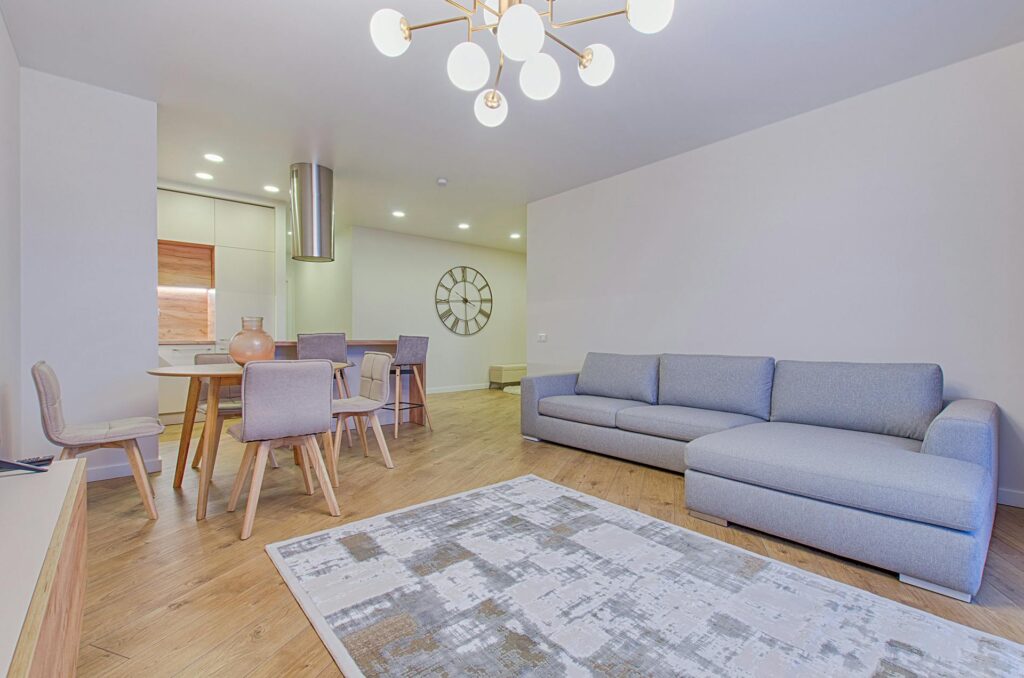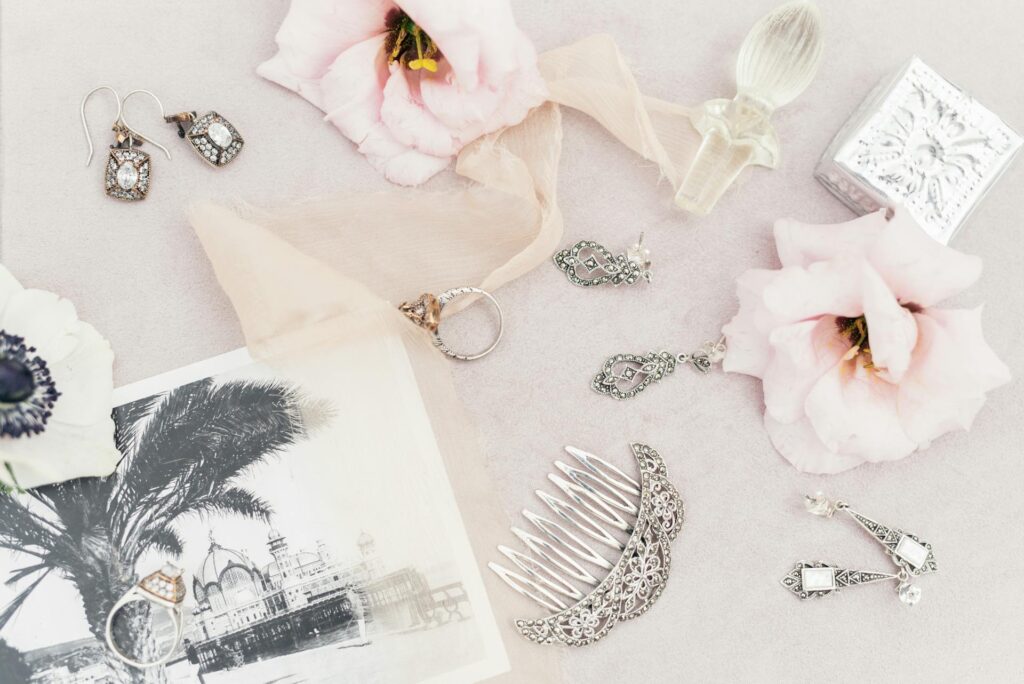Modern design is clean. Vintage decor is full of charm. Put them together, and you get a space that feels fresh, personal, and full of character. But finding the right balance between old and new takes a little planning.
Too much vintage can make a room feel like a time capsule. Too much modern and it might feel cold or impersonal. The sweet spot is somewhere in the middle, and easier to find than you think.
Start With a Modern Base
If you’re starting from scratch, begin with a simple modern foundation. Clean-lined furniture, neutral walls, and streamlined lighting give you a blank slate. Think of these as your anchor pieces. They create calm and structure so vintage elements don’t feel overwhelming.
Choose a sofa or dining table with a simple shape and subtle color. Then layer in vintage pieces on top. This method keeps your space functional and avoids visual clutter.
Add One Vintage Statement Piece
You don’t need a room full of antiques to make an impact. One eye-catching vintage item—a carved wood dresser, a mid-century chair, or an ornate mirror—can bring warmth and personality to a modern room.
Pick a piece with a story or interesting detail. It can be something passed down, thrifted, or found at a flea market. Let it be the focal point and build the rest of the room around it.
Mix Materials and Textures
Modern design often favors smooth, sleek surfaces. Vintage pieces bring in patina, wear, and texture. The contrast between the two is what makes the combination work.
Pair glass or metal with wood and leather. Soften sharp lines with natural fabrics like linen or cotton. The mix of textures adds depth, even if your color palette stays neutral.
Keep a Cohesive Color Palette
When blending different styles, a unified color scheme helps tie everything together. Choose two or three main colors and repeat them across your modern and vintage pieces.
For example, a black-and-white room can include a vintage black trunk and a modern white sofa. If you prefer warm tones, blend brass, cream, and wood finishes for a cozy, lived-in feel.
Read More: Decorating With Plants: The Best Indoor Greenery for Every Room
Balance Old and New Proportions
Mixing furniture from different eras can get tricky when proportions don’t match. A dainty vintage side table might look odd next to a bulky sectional. A low-profile modern sofa might not pair well with a tall, ornate cabinet.
Pay attention to scale and height. Group pieces with similar dimensions, and avoid combining too many competing shapes in the same space.
Use Vintage Accessories Sparingly
Smaller vintage items can go a long way. Think clocks, vases, frames, and books. Use them as finishing touches on modern shelves, coffee tables, or consoles.
Don’t overcrowd surfaces. Let each piece breathe. A single well-placed vintage lamp or typewriter has more impact than a dozen scattered trinkets.
Try Modern Art With Vintage Furniture
One of the easiest ways to create contrast is with wall art. A large abstract painting or modern photography can make an antique dresser or table feel current. The reverse also works—vintage artwork adds soul to a stark space.
Look for art that contrasts in style, but shares a tone or theme with the rest of the room. This helps the pieces complement each other without feeling mismatched.
Be Intentional, Not Random
Mixing styles isn’t about collecting random items. It’s about telling a story. Choose pieces that speak to you, reflect your style, or add meaning to the room.
Edit ruthlessly. If something doesn’t fit, don’t force it. A well-curated space—no matter the mix of styles—will always feel more polished than one that’s filled to the brim.
Combining modern and vintage decor isn’t about following rules—it’s about creating a space that feels lived-in, layered, and uniquely yours. Start with a modern foundation, layer in vintage charm, and pay attention to balance, texture, and tone.
With a little experimentation, you’ll find a mix that feels just right—and your home will feel all the more special for it.
Read More: Container Gardening: Grow Herbs Anywhere



